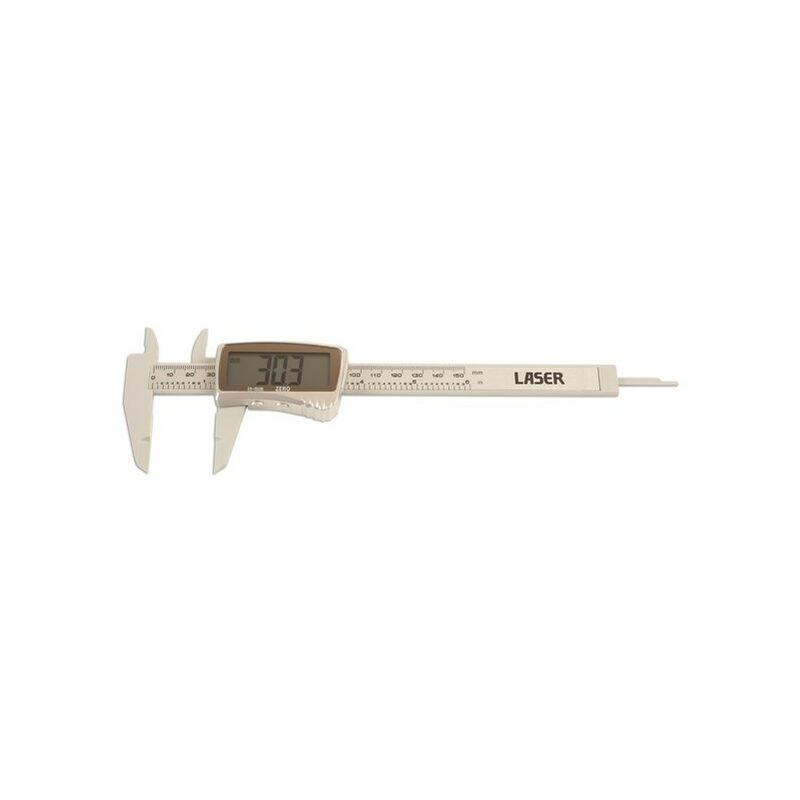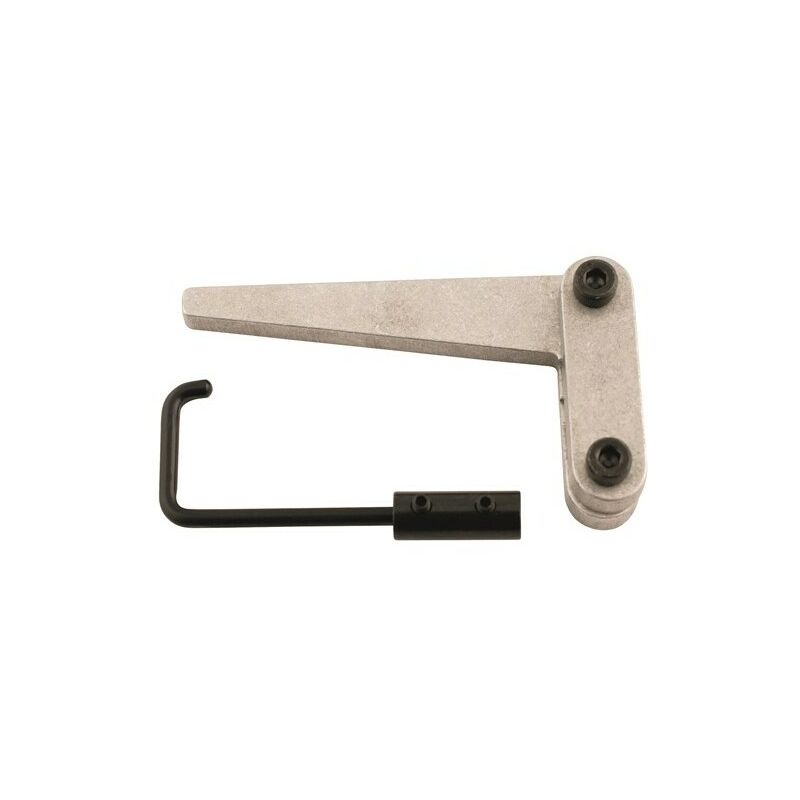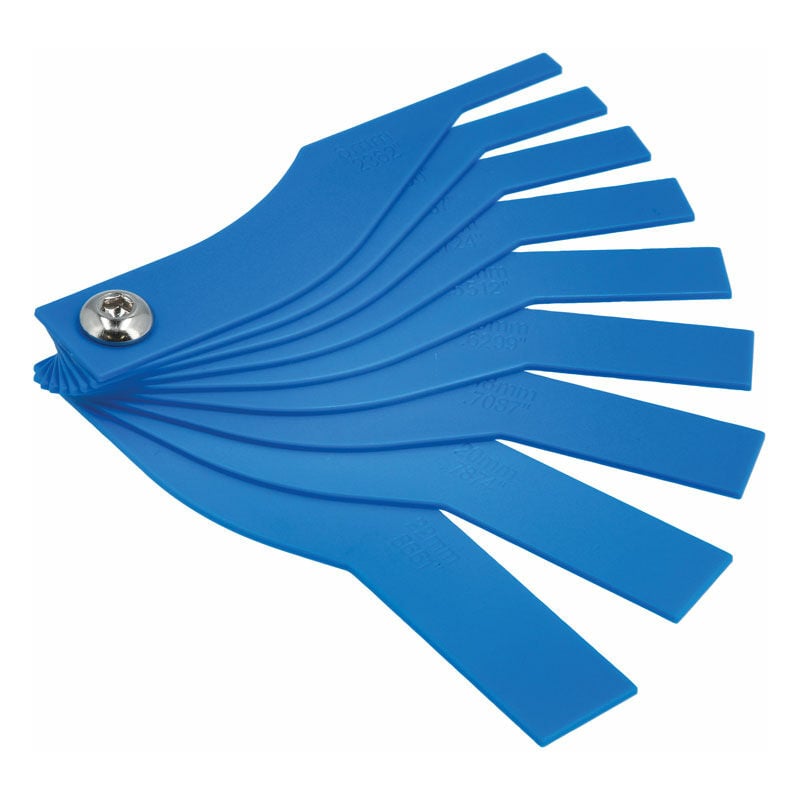
Measuring Tools
Measuring Tools are the cornerstone of precision in construction and DIY projects. Our comprehensive range includes tape measures, rulers, and more, providing the accuracy needed for proper alignment and sizing. Durable and user-friendly, these tools are essential for ensuring that every measurement is exact, whether for professional trades or home projects.























Measuring Tools: How to Choose Them
Every tradesman or DIY enthusiast has a tape measure. Measuring tools are used by tradespeople daily. With them, they can do their work correctly and accurately. Among the most common measuring tools is a tape measure. In any case, several measuring tools on the market can significantly help the work. So let's look at the most common measuring tools and how they are used.
The most common measuring tools
Tape measures


Tape measures range in price ranges from one pound to several tens of pounds. The price depends on the accuracy, resistance to breakage or comfort of work.
Anyone who uses a tape measure at home once a year can get by with the cheapest one bought at a hobby market. However, it is worth checking some of the parameters it should meet for regular construction work.
Measuring angles

When it comes to measuring angles, the go-to geometric tool is undoubtedly the protractor. It has proven to be more efficient than its counterpart, the compass. The reason for measuring angles is to accurately determine the exact angle measurement, which can be extremely helpful in various mathematical and scientific applications.
Spirit levels

For example, if you are assembling furniture, a length of 20 to 60 cm is undoubtedly suitable. You will be able to handle it better. Alternatively, you can use a mini spirit level (a few centimetres). A longer spirit level (from 1 meter) or a hose spirit level is suitable for use on construction sites and elsewhere where larger distances must be measured.
Spirit levels include:
-
Angle levels
-
Box levels
-
Electronic levels
-
Line pocket and post levels
Laser levels

Angle levels
Box levels
Electronic levels
Line pocket and post levels

Do not only construction work with maximum precision. Laser levels will help you with perfectly straight walls or flawlessly hung shelves and pictures. Inexpensive laser levels are available for home use, and more expensive equipment for professionals. With laser levels, we can measure not only the plane but also measure distance. What are their differences, and what parameters to look for when choosing? Distance measurer or cross-line laser level? Have a look at our detailed article about laser levels.
Specialised measuring tools
Coving mitres


The coving mitre is an essential tool for precision cutting of corner joint angles, commonly referred to as mitres, for coving.
Cutting guides
Achieving precision and consistency in your cuts is crucial for any project, and guided cutting is the perfect solution. Using either an edge guide or a track guide, your saw will be expertly guided to make accurate, straight cuts that can be easily repeated. This ensures that your final product is of the highest quality and meets all your project requirements.
Measuring wheels

You can choose the measuring wheel precisely according to the demands of your work and the required accuracy. The measurement range for wheels is usually 0 - 9999.9 m; the accuracy and the smallest measurable distance then depend on specific needs.
Light meters
Accurately measuring the amount of light in their surroundings is an essential task for photographers in their quest for the perfect shot. To achieve the ideal exposure settings, photographers must utilise light meters to measure light intensity precisely.
Squares and bevels

The sliding T bevel is a handy tool for adjusting and transferring angles accurately. It can set any angle and is more versatile than fixed squares limited to 90° angles (right angle).
Chalk and plumb lines
It's worth noting that some chalk lines can also function as plumb-bobs, making them an efficient tool for establishing exact vertical guidelines or transferring points from ceiling to floor. This clever trick can save you money by eliminating the need to purchase a separate plumb bob tool.
Water level kits

When it comes to finding a level spot between two distant items, such as posts or stakes in the ground, the tried and true method is to use a water level (or water depth). However, it's crucial to ensure the items are securely anchored in the ground or fastened to a work table to maintain stability.







